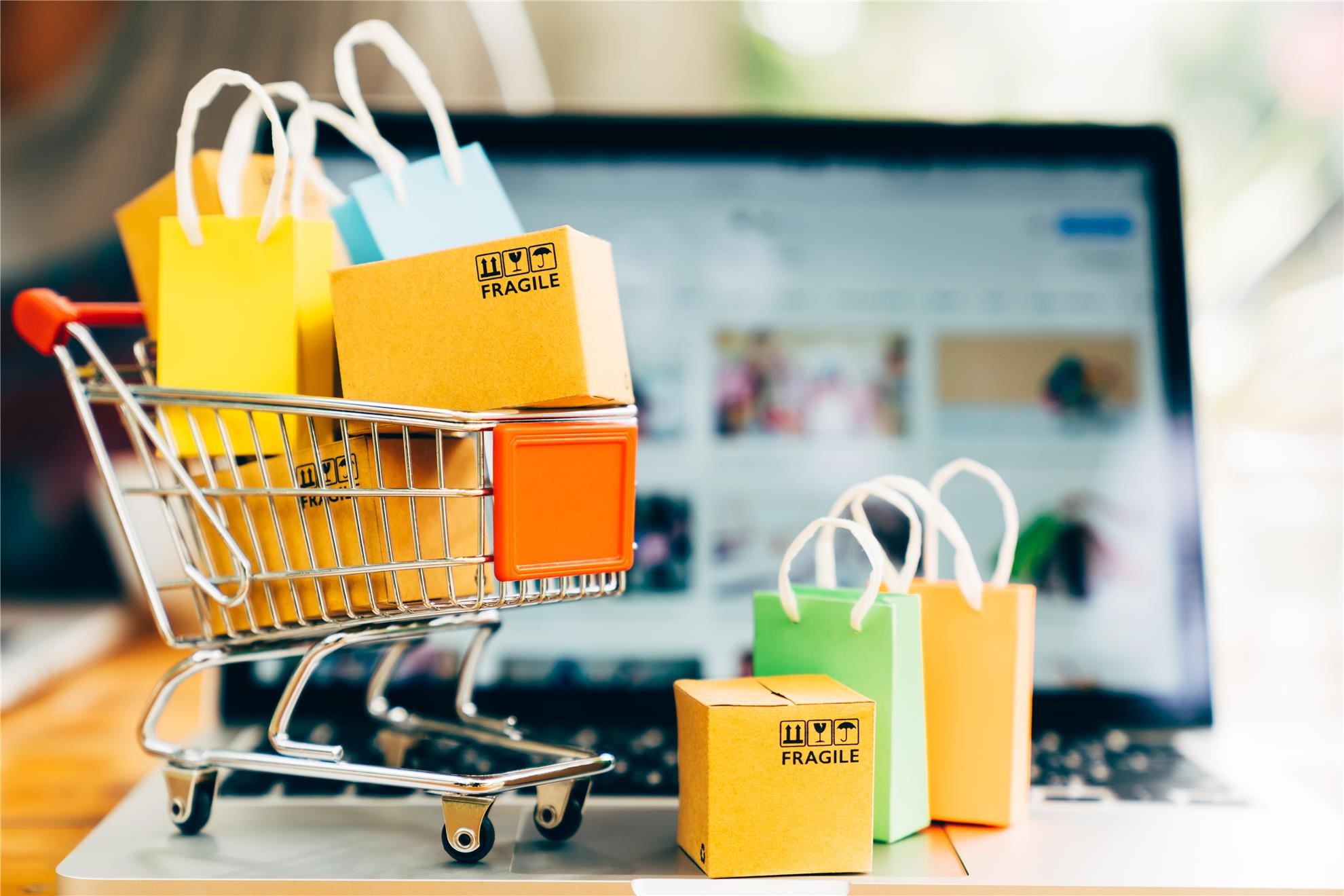“They’ve taken all my money,” I screamed to my partner, panic rising. After working from home all day, I randomly went to my phone to check my bank balance. . I couldn’t log in but my bank app shows the balances without logging in. My partner came out to see what was going on. “They’ve taken everything.”
I feel like such an idiot. So ashamed. How did the scammers scam me, a 55-year-old, tech-savvy, educated and well-travelled Australian woman? It’s because the scammers are very, very good at what they do and manipulate you in ways you wouldn’t imagine.
I listed a pair of men’s, size nine, black leather, Baxter riding boots for $60 on Facebook Marketplace and waited. The next day, a guy from “Whyalla, South Australia” asked if I could post them to him. I hesitated because posting is a hassle but agreed. I wanted the money.
I asked him to pay by PayPal because, again, I am savvy and wary of scams. He responded with “I don’t have PayPal. i’ll make the payment through Marketplace okay? Its for buyer/seller’s protection. I’ve been scammed on marketplace before i sent the money but never received the product. You will receive your funds the same or next bussines day once you confirmed your details basically like a banktransfer. Once the money is added to your account you can send it!”
“Thanks, I was worried about that too,” I replied.
Notice the typos in his message? I didn’t, and I write for a living.
What I did do was create a lovely, trustworthy character for him. He’s a young farmer from South Australia. He really wants a new pair of riding boots to wear while he is riding his horse on his farm. He can’t afford the $200+ price tag on a new pair of boots so he heads to Facebook Marketplace. “What a nice young fellow,” I think. “I’ll trust him.”
I was working from home and was distracted when my phone pinged with another message: “Hi! Facebook has forwarded this message, we have forwarded you a payment service. after the verification is completed, payment will be credited into your account.” And then, “Follow the steps and you shall receive the payment immediately honey.”
If I had noticed the word “honey” I would have immediately got the ick. I might not have done the stupid thing and click the link. But I did. I clicked it. I had a vague memory that I’d verified my bank account like this in the past so I didn’t think too much of it.
The link took me to a very professional-looking page that asked me to choose my bank. I then had to enter my access code on what looked exactly like my bank login page. Within minutes, I was receiving texts from the bank asking me to enter a code to register a new device for internet banking. By this stage I was bamboozled and entered the bloody code. I went back to work and waited.
Next thing I got was an email from the bank saying my card had been cancelled because of suspected fraudulent activity. I immediately called the bank and they told me someone tried to spend over $3,000 at an Officeworks in New South Wales. They cancelled my card and told me they would send a new one. It’s annoying but I’m glad the bank picked it up and I didn’t lose any money.
My work day ends at 5pm, which is when I checked my accounts and screamed. I was so upset that I couldn’t remember how to call the bank. It felt like nightmares I’ve had where I can’t work my phone in an emergency. I finally got through and clumsily explained what happened. The lovely operator told me that the hackers were inside my account. They tried to withdraw $3,000 but in the end, because the bank stopped them, they managed to get $1,000.
after newsletter promotion
The $3,000 they were trying to steal was my 23-year-old son’s life savings that I have in my account for safe-keeping. I was gutted. I was numb. I felt violated knowing that scammers had been inside my bank account. It felt more personal than having them try to use my card. It was as if they had been in my house going through my things. Strangers are not supposed to be able to hang out in your bank accounts.
After an hour or so of waiting in phone queues and talking to the fraud department, they closed my account and started the process of trying to get my money back. “It could take 45 days but there is no guarantee we will be able to get it back,” the operator told me. They said that the scammers had used my bank details to add my card to their Apple Pay but assured me they could not access it any more.
I woke up the next day with a lingering sick feeling in my gut, still paranoid that they could access my account. I called the bank again and added extra security. The lovely customer service woman, who was so kind, said: “Please don’t beat yourself up. In this job, I see how clever the scammers are and the lengths they will go to. It’s not your fault.”
It is my fault though. I made the decision to click on the links even though I knew very well I shouldn’t.
I think the real lesson here is that we, as humans, naturally want to trust people without seeing and knowing. So much so that we can create trustworthy characters of people in the digital world in our minds to justify the trust. Even though you think you are savvy and wouldn’t fall for a scam like this, think again. You just might.




